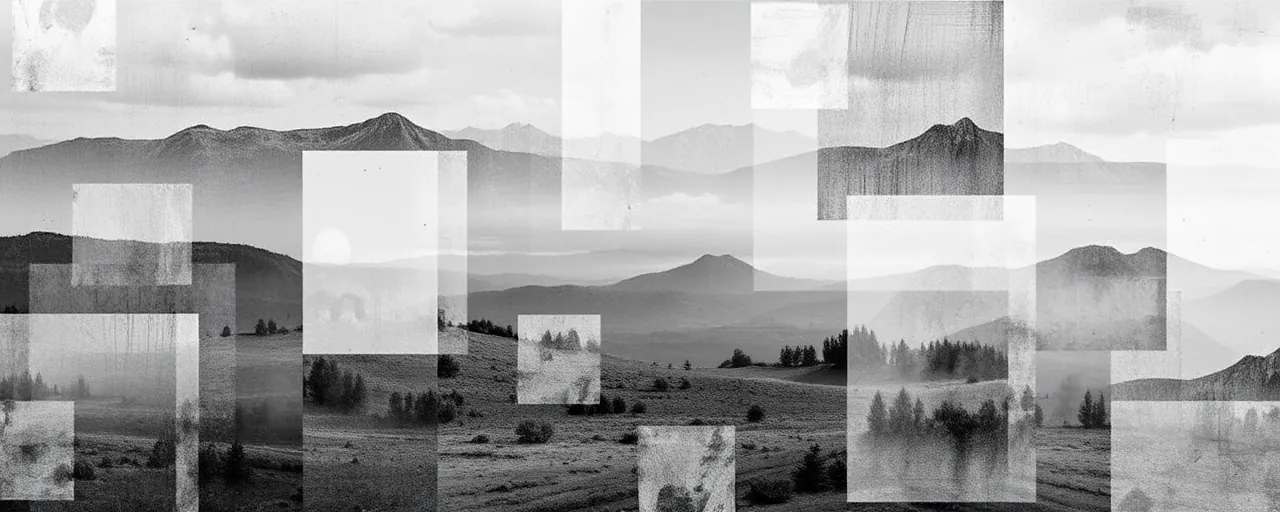A Violent Encounter Unfolds
In a quiet stretch of New Mexico’s Navajo Nation, a routine stop at a construction zone turned brutal last November. Tyrell Lee Johnson, a 29-year-old Shiprock resident, approached his ex-girlfriend’s car and attacked her without warning. Court records paint a grim picture: Johnson struck her head, plunged a knife into her abdomen, and then hit her with his vehicle as he sped off. The victim, identified only as Jane Doe, suffered a concussion, bruises, and a stab wound that left her reeling.
The incident, detailed in a federal indictment, ended with Johnson’s guilty plea on April 10, 2025, in Albuquerque’s U.S. District Court. For Jane Doe and her sister, who witnessed the assault, it was a moment that shattered the day’s calm. For law enforcement and prosecutors, it became a stark example of the violence plaguing Native American communities, a problem that’s drawn increasing scrutiny in recent years.
Tracking Down the Suspect
Navajo Police didn’t take long to respond. They tracked Johnson’s vehicle to Cudei, New Mexico, where its crumpled front bumper gave him away. After a brief chase, officers cornered and arrested him, pulling a black folding knife from his pocket. Tests confirmed he hadn’t been drinking, ruling out alcohol as a factor in the outburst. The swift arrest showcased a rare moment of coordination between tribal and federal authorities, a partnership that’s become vital amid rising crime rates on reservations.
The case landed in federal hands due to the Major Crimes Act, a law that places serious offenses on tribal lands under U.S. jurisdiction. Acting U.S. Attorney Holland S. Kastrin and FBI Albuquerque’s Raul Bujanda hailed the outcome as a step toward justice. Yet, beneath the surface, the incident exposes deeper challenges, from resource-strapped tribal police to the complex web of laws governing Indian Country.
A Broader Crisis in Focus
This wasn’t an isolated event. Research paints a troubling reality: over four in five Native American women experience violence in their lifetimes, with more than half facing sexual assault. On some reservations, murder rates for Indigenous women soar ten times higher than the national average. Firearms often play a role, but Johnson’s use of a knife and his car reflects a grim versatility in how violence unfolds. Experts tie these patterns to historical trauma, colonization’s lasting scars, and gaps in legal protections that leave survivors vulnerable.
Vehicles, too, have become tools of harm in assault cases nationwide. Traffic deaths spiked nearly 20% in early 2025, with speeding and distraction often to blame. On tribal lands, where roads can be remote and policing thin, such incidents hit hard. Johnson’s actions, striking Jane Doe with his car, echo this trend, raising questions about how law enforcement and federal safety initiatives can adapt to curb the toll.
Justice and Its Disparities
Johnson now faces up to a decade behind bars, followed by three years of supervised release. Federal sentencing for Native Americans often leans harsher than state courts, with assault convictions averaging 39 months compared to 29 in places like South Dakota. Data shows Native defendants serve sentences 38% longer than others, a disparity rooted in laws like the Major Crimes Act and a lack of diversion options. Tribal advocates argue this system sidelines Native voices, with juries rarely reflecting reservation life.
Collaboration between the FBI and Navajo Nation police helped crack this case, bolstered by a recent Justice Department push deploying 60 agents to tackle unsolved crimes in Indian Country. Still, Navajo leaders wrestle with budget woes, redirecting funds to shore up district stations. For every success like Johnson’s arrest, countless cases linger, hampered by inconsistent records and stretched resources.
Echoes of History, Eyes on Tomorrow
The roots of this violence stretch back centuries. Before colonization, tribal societies rarely saw domestic abuse; women held power as healers and decision-makers. European contact flipped that balance, ushering in patriarchal norms and systemic oppression. Today’s high rates of violence against Native women, often by non-Native perpetrators, reflect those shifts, compounded by jurisdictional tangles that stall justice. Johnson’s case, though resolved, fits into this painful legacy.
What happens next matters. Advocates for Native communities call for more funding, better data, and culturally rooted solutions to break the cycle. Federal efforts, like roadway safety campaigns and FBI surges, aim to chip away at the problem. For Jane Doe, the courtroom offers closure, but for others across Indian Country, the fight to feel safe presses on, one case at a time.
